Transformative student music performances are reshaping education across America’s communities. From local shopping malls to city parks, these public venues are becoming powerful classrooms where young musicians develop critical skills while building meaningful community connections. For music educators and administrators seeking to enhance their programs, public performances offer unique opportunities that traditional auditorium concerts simply cannot match.
The Educational Impact of Public Music Performances
Educational observations and feedback from music programs nationwide indicate that public student music performances enhance multiple aspects of student development:
– Self-confidence and stage presence
– Time management and organizational skills
– Collaborative abilities
– Musical competency
– Community engagement
Real-World Performance Benefits
When students step beyond traditional performance spaces, they gain practical experience in adapting to different acoustic environments, managing unexpected situations, and connecting with diverse audiences. These real-world scenarios create learning opportunities that classroom practice alone cannot replicate.
Strategic Venue Selection for Student Music Performances

Popular Performance Locations
Successful student music performances often occur in these community spaces:
– Local parks and outdoor amphitheaters (perfect for spring concerts)
– Shopping centers and public squares (ideal for holiday performances)
– Community centers and senior living facilities (great for weekday events)
– Art galleries and museums (excellent for chamber groups)
– Historic buildings and landmarks (popular for special occasions)
– Farmers markets and street fairs (ideal for small ensembles)
Comprehensive Performance Planning Guide
Essential Preparation Steps
1. Venue Assessment:
– Measure performance space dimensions
– Test acoustics during typical operating hours
– Identify power source locations
– Confirm audience capacity
2. Logistics Planning:
– Create detailed setup timeline
– Assign specific student responsibilities
– Prepare equipment transportation plan
– Develop weather contingency strategies
3. Marketing and Promotion:
– Design digital and print promotional materials
– Create social media event pages
– Distribute press releases to local media
– Engage school communication channels
Measuring Performance Impact
Program Benefits
Regular public performances contribute to:
– Increased community support for music education
– New partnership opportunities with local organizations
– Enhanced student recruitment for music programs
– Improved parent involvement rates
– Greater administrative backing for music initiatives
Implementation Resources and Next Steps
Starting a public performance initiative requires careful planning and the right resources. While traditional preparation methods remain valuable, digital tools now offer additional support for both educators and students.
Getting Started Today
1. Assess your program’s current performance capabilities
2. Identify potential community venues in your area
3. Create a semester performance calendar
4. Develop student preparation workshops
5. Build a resource library for performance preparation
Ready to transform your music program through public performances? Start by selecting one community venue and planning a small ensemble performance. Document your success, gather feedback, and build upon your experience to create a sustainable public performance program that benefits both students and your community.
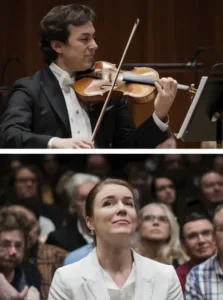
This blog is generated from material covered in the PM professional development session: "Advocating for Music Programs" presented by Troy Peterson

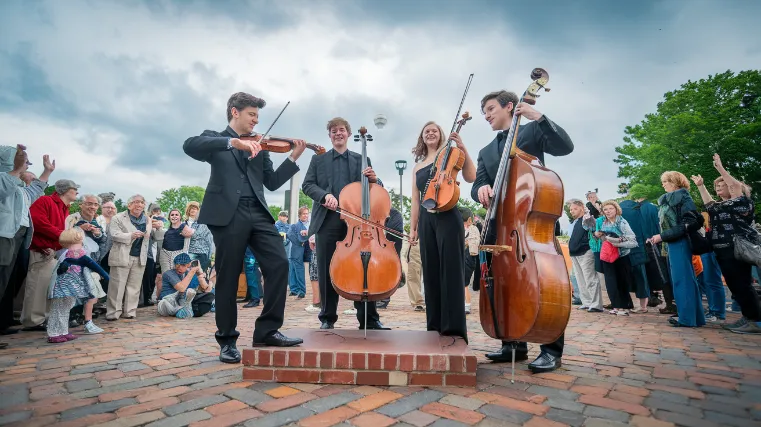

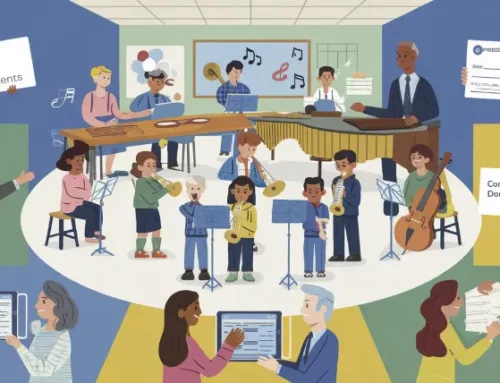
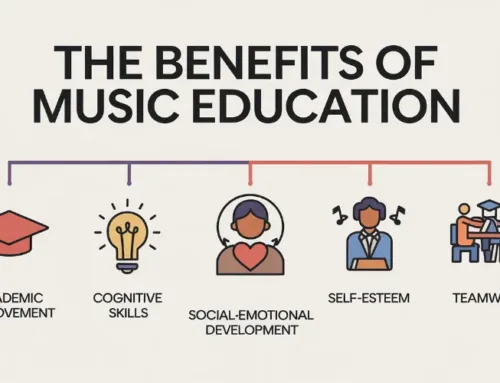
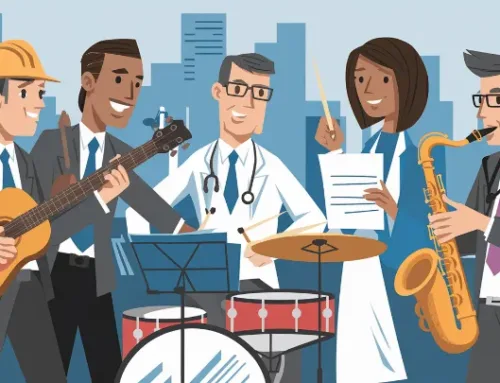
Leave A Comment
You must be logged in to post a comment.